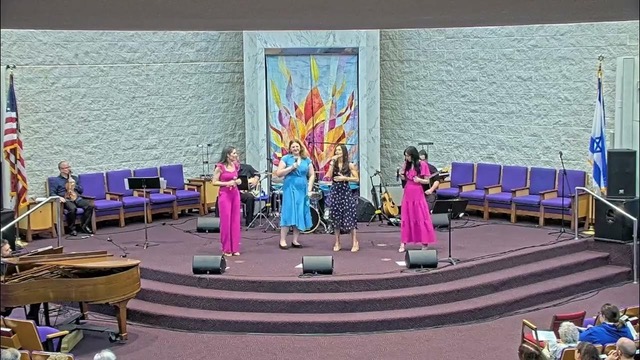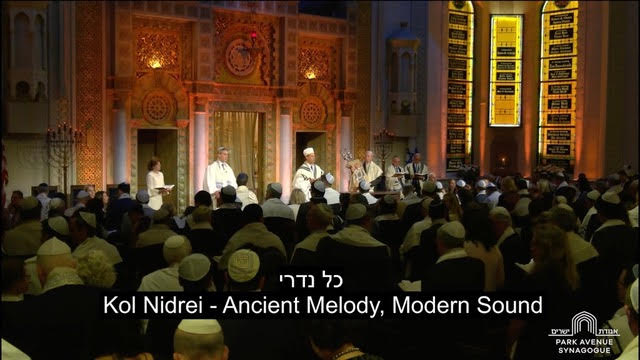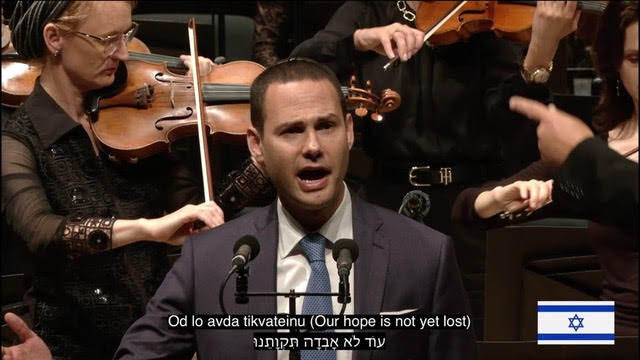Rabbi Jonathan Sacks, z/l: Lech Lecha The Power of Example
Until now, the Biblical narrative is about archetypal characters, humanity in general. Suddenly the narrative becomes personal, an individual who is the patriarch of one nation. Why did God lose interest in the rest of the world? Actually, taking the entire Tanakh into context, the narrative is about other peoples: Egypt is a great nation, Nineveh is a subject of God’s concern, and so forth.









